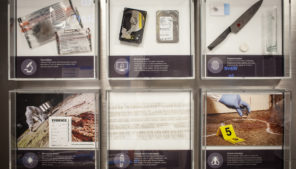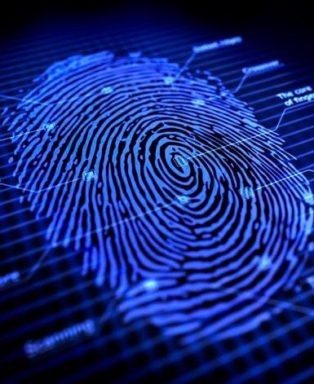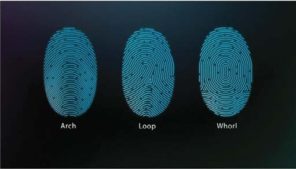
Overview
Sometimes the most valuable police work happens in a laboratory. Finding and analyzing forensic evidence is key to building strong cases against criminal suspects, including mobsters. A matching fingerprint or DNA sample can make or break a prosecution. This multimedia experience allows guests to explore the work of crime scene investigators, fingerprint analysts, DNA profilers, ballistics experts and medical examiners. Museum educators provide information and assistance as guests engage in an array of forensic activities. A special ticket is required for this experience. Open daily 10 a.m. to 9 p.m., starting every 30 minutes. Participants must be at least 11 years old.
Funding to support our organization has been provided by Nevada Humanities through Congress and the National Endowment for the Humanities as part of the CARES Act economic stabilization plan of 2020.


Hours
Daily
10 a.m. – 9 p.m.
Gallery

Death investigation is the original forensic science field. Humans have studied the body after death since ancient times. The guiding principles for an autopsy remain nearly identical to those established by German scientist Rudolph Virchow, the father of modern pathology, in the 1880s.

Individual fingerprint patterns are unique — even identical twins have different prints.

Artifacts found in the Crime Lab Experience at The Mob Museum

DNA Profiling has had the greatest impact on criminal investigations since the classification of fingerprint patterns in the 1880s.

Here, a police officer brushes a table to take fingerprints.

When firearms are manufactured, unique spiral patterns known as rifling form inside the barrel.

Fingerprint patterns develop in the womb. Every individual has unique patterns — even identical twins. Individual features called minutiae give fingerprints their unique appearance.

Autopsy reports provide a permanent record of the autopsy process and allow forensic pathologists to make detailed notes on the cause, manner and mechanism of death.

Fingerprints are categorized based on the pattern of the ridges and furrows visible in the print.

Alec John Jeffreys (1950) is an English geneticist, who developed techniques for DNA fingerprinting and DNA profiling.

















